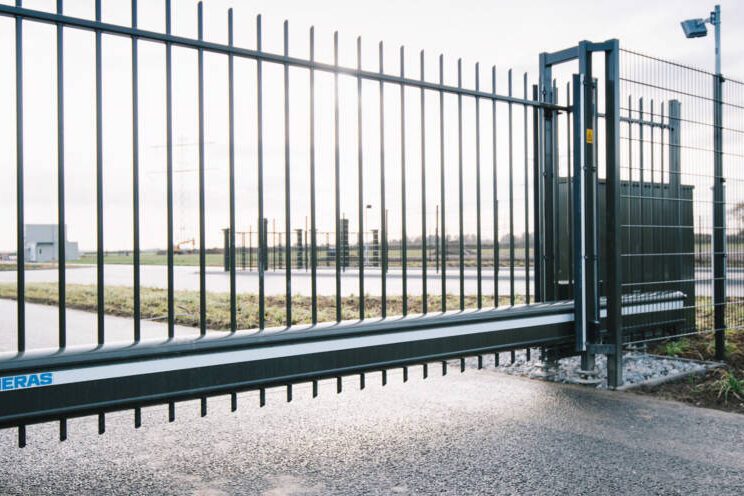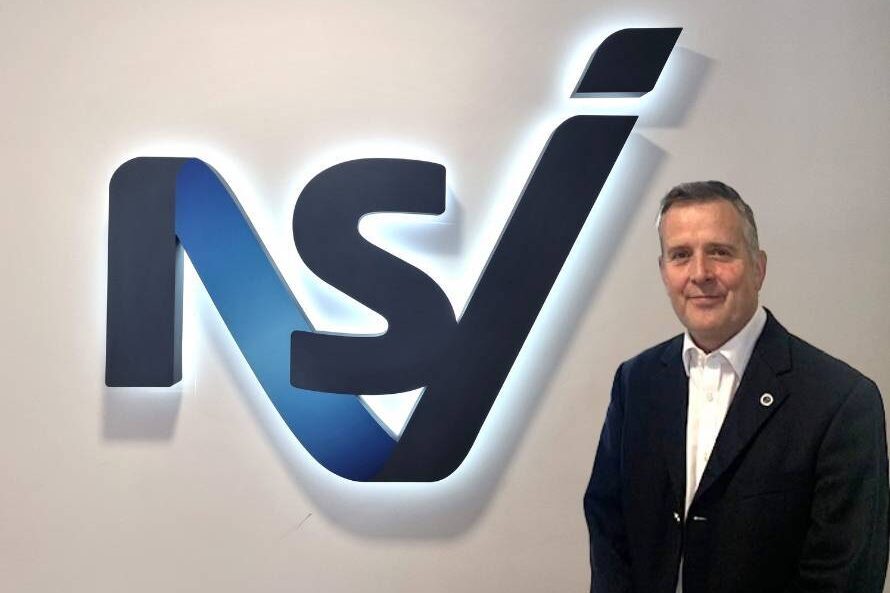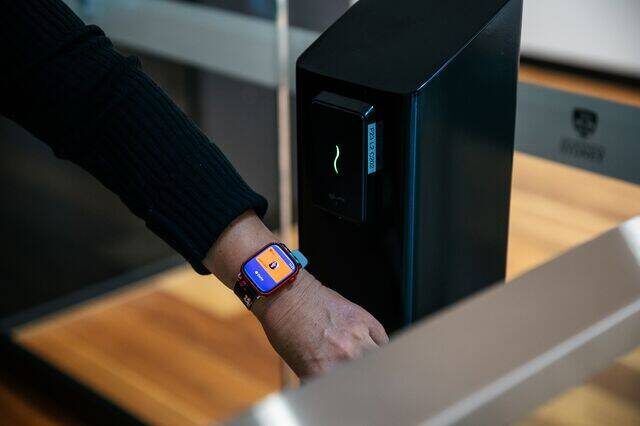Flying high for Maritime Surveillance
Tim Compston, Features Editor at SecurityNewsDesk, reflects on the issues raised by taking the RAF’s Nimrod aircraft out of service and the news that, at long last, steps are now being taken to plug this critical surveillance gap.
The announcement at the end of November 2015 that the UK Government (as part of the Strategic Defence and Security Review 2015) is planning to purchase nine new P-8 Poseidon aircraft from Boeing for maritime surveillance, anti-submarine and anti-surface ship warfare, has been broadly welcomed by those concerned with the UK’s maritime security. Pressure had been building on the Government, ever since the long-serving Nimrod last flew, to come up with a viable alternative.
The sad fact remains that the UK, so often a leader in maritime matters, has had to soldier on for six years now with a major shortfall in its over-water surveillance capability, with land and ship-based helicopters, and other less specialised aerial assets. In fact, by the time the P-8 Poseidons start to be delivered, sometime before 2020, nearly a decade will have passed since the last UK-owned maritime surveillance aircraft took to the air.
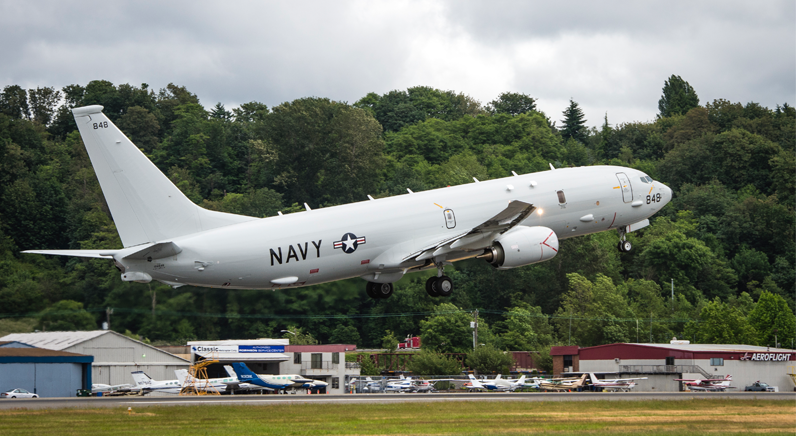
Few would argue with the notion that, at the time of its demise, the Nimrod MRA4 upgrade programme had become very much a ‘white elephant’, with mistakes and overruns the order of the day, which, not surprisingly, served to place it firmly in the sights of a cash-strapped Government dealing with the aftermath of the global banking crisis. However, whatever the financial imperatives might have been, it is still debatable whether the scrapping of these planes as part of the 2010 Strategic and Defence Review, so close to their in-service date, was the right answer militarily when there was no sign of an alternative that could, potentially, take to the skies.
Growing concernsThe impact that the absence of a Maritime Patrol Aircraft (MPA) has had on the UK’s military operations was certainly brought into sharp relief in November 2014 when a number of allies – including France, the US and Canada – had to fly in maritime patrol aircraft to help Britain search for a suspected Russian submarine off the west coast of Scotland. Some countered that NATO allies regularly share resources but, for an ‘island nation’ dependent on the safety and security of sea lanes, the lack a viable maritime surveillance asset that can range far out into the Atlantic and cover large areas of the North Sea, was a real concern.
Last May the growing unease in military circles over the current state of the UK’s maritime surveillance really came to a head when five retired senior officers – Air Marshal Sir John Harris, Air-Vice Marshal George Chesworth, Air-Vice Marshal David Emmerson, Air-Vice Marshal Andrew Roberts and Air Commodore Andrew Neal – made public their thoughts through a letter to the Daily Telegraph newspaper. The officers expressed the view that the lack of a maritime patrol aircraft was unlocking opportunities for Russia to gather intelligence, especially where the UK’s Trident submarine-based nuclear deterrent was concerned. In a letter which didn’t pull any punches they said: “It would be surprising if valuable intelligence had not already been acquired by the Russian Navy since the Nimrod force was grounded.” They also spelt out their opinion that: “The need to reintroduce Maritime Patrol Aircraft (MPA) into the British frontline is now widely recognised.”
Poseidon potentialReturning to the course that the UK Government is now charting to meet its future maritime surveillance needs, there is little doubt that the P-8 Poseidon from Boeing, which is a derivative of the next-generation 737-800, is gaining traction with air forces worldwide. The aircraft has been ‘militarised’ with maritime weapons and features a bomb bay, two pylons on each wing, and what Boeing refers to as a ‘modern open mission architecture’. Already the company has delivered 25 production models to the US Navy, and the Australian Government has followed suit by announcing approval of the acquisition of eight P-8A aircraft with the first scheduled for delivery in 2017. Alongside this, Boeing is under contract to build eight P-8I variants for India. Existing assets
So what were some of the potential options that the British armed forces could have turned to if the P-8 Poseidon decision hadn’t been taken recently? Well one route might have been to simply work in a more joined-up way with what was already in place, potentially deploying a mixture of helicopters – like the Merlin and Lynx – and small UAVs flying from Royal Navy escort ships, such as the Type 23 and Type 45, the new Queen Elizabeth aircraft carriers, and other Navy and Royal Fleet Auxiliary vessels, as well as calling upon RAF assets such as the Sentinel R1 – which is more suited to over-land surveillance – transport aircraft such as the Hercules, and larger UAVs which are not optimised for this task. As many commentators, politicians, and those with military and security connections have reflected over the past six years this would have been far from an ideal or sustainable position.
Another course of action might have been to simply acquire older maritime aircraft from other nations – like the Lockheed P-3 Orion – which are surplus to requirements as they move on to newer platforms like the P-8 Poseidon or the Triton. This sort of stop-gap might have been less risky in the short-term but would just be kicking the problem five or ten years down the road, depending on what life is left in the airframes.
Canadian upgradeLooking at what some of Britain’s allies are doing to fulfil their own maritime patrol requirements, interestingly the Royal Canadian Air Force (RCAF) is in the throes of an upgrade programme for its Lockheed CP-140 Aurora aircraft. Speaking to Major James Simiana who works in Air Public Affairs for the RCAF he confirms that as a strategic maritime patrol aircraft the CP-140 Aurora is tasked with conducting four key maritime missions, specifically Anti-Submarine Warfare (ASW), Anti Surface Warfare (ASuW), maritime surveillance and miscellaneous maritime missions such as Search and Rescue (SAR). Simiana is keen to emphasise the ongoing importance of the CP-140 Aurora: “In a country as vast as Canada touching three oceans, a maritime surveillance capability has particular security interest to Canadians. Recently reported submarine incursions in Europe remind us all of the value of long range patrol.”
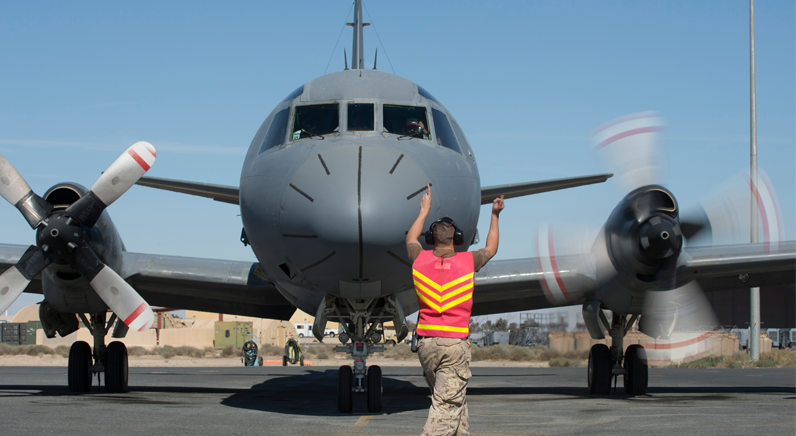
Pressed on whether drones, and even satellites, are likely to replace manned aircraft any time soon, Major Simiana responds that they all have roles to play: “The Canadian armed forces perspective is that drones (unmanned aircraft), satellites and manned surveillance aircraft together form the ‘surveillance system of systems’. The satellite component [RADARSAT] will act as the cueing platform. The unmanned platform will be utilised where long endurance and on-station persistence is required. The manned platform will take over the prosecution when the military is required to act on a contact or a manned platform is in a better position to gather the intelligence.”
Swordfish takes to the airIn terms of other aircraft now entering the maritime surveillance market, Saab’s solution is the Swordfish MPA which, although smaller in scale than the P-8A, is positioned as a strategic surveillance and command control platform, offering long range, high dash speed, and significant on-scene endurance. According to Jonas Härmä, Saab’s Head of Sales and Marketing for Airborne ISR, the Swordfish MPA is a ‘high end’ asset: “It is capable of delivering, for example, anti-submarine warfare, anti-surface unit warfare, long-range search and rescue capabilities, alongside multi-role ISR [Intelligence, Surveillance and Reconnaissance].”
He reveals that the nerve centre of the Swordfish MPA is the C4I Mission Management System (MMS). Härmä says that the modularised approach and standardised interfaces in the C4I MMS cater for the ‘flexible’ integration of sensors and equipment such as active/passive sonar buoys. He stresses that the Swordfish MPA not only has the potential to detect but can also engage targets via torpedoes or AS (Anti-Ship) missiles.
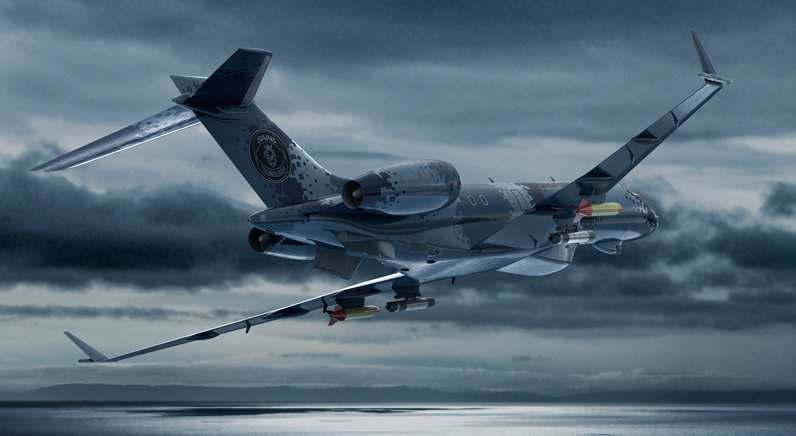
Regarding the performance of any MPA, Härmä spotlights the need for low level and low speed tactics and says that any platform decision should be based on flight characteristics and fuel consumption/endurance as well as the ability to carry a ‘useful and powerful’ payload.
Given the complexity of the scenarios likely to be encountered, Härmä reports that Saab believe there is still a requirement for the human element – ‘the man in the loop and eyes on the target’.
Unmanned optionsOf course while manned aircraft may still provide the bulk of the world’s maritime surveillance assets, platforms like the unmanned MQ-4C Triton from Northrop Grumman are now flying high by offering a level of endurance way beyond that of more conventional approaches. Mike Mackey, Programme Manager for Triton explains the project’s genesis: “Triton came about 12 years ago when the US Navy wanted to look at unmanned aviation for maritime surveillance in a programme called BAMS-D [Broad Area Maritime Surveillance – Demonstration] and we built two jets for them. They were going to do a six-month deployment and I think that we are now in the 75th month.”
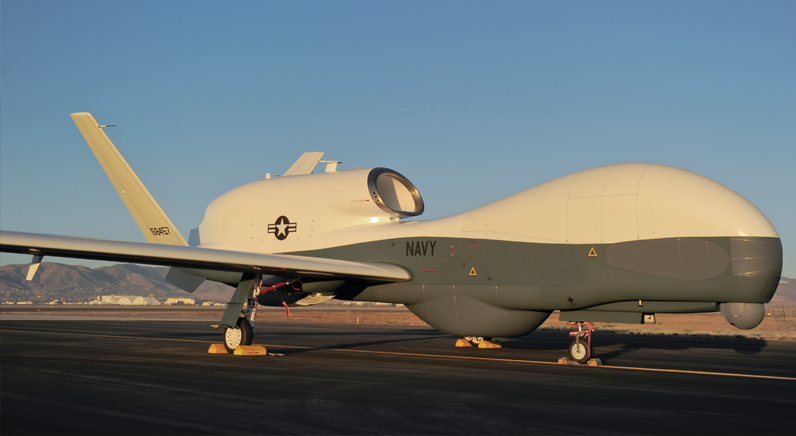
Mackey adds that lessons learnt from the demonstrators were then brought into Triton: “We came on contract in around 2008 and developed the Triton with a specific eye on maritime surveillance with the MFAS [Multi-Function Active Sensor] that has a full 360 degree scan ability so we don’t have to manoeuvre to get that.” The MFAS, according to Mackey, is an active radar which is the primary detection or scan mode for Triton: “The normal mode of operation is a 24-hour mission where the aeroplane will go to altitude at the 50,000 feet area and begin to use the MFAS to scan. Once I have a target of interest I have the ability to dip the aeroplane. Other HALE [High Altitude Long Endurance] platforms don’t do that. I can come down to a much lower level – say 10,000 feet – to use an EOIR [Electro Optical Infra-Red] to do fine detection.”
Mackey also reveals that the Triton’s wings, its airframe structure and vertical tails, are all strengthened to take on the challenges of this environment. To put some figures on the sort of area Triton can cover in a single mission, Mackey says that this can amount to as much as 8,200 square nautical miles: “We can fly deep blue water and the littorals.”
View from aboveSo to conclude, the decision by the UK Government to adopt a new maritime surveillance aircraft capability came, very much, on the back of a growing realisation that something needed to be done to regenerate this strategically important capability.
As we have seen, for other countries looking to enhance their own maritime resources there are a number of platforms out there that could do the job, including manned and unmanned, but ultimately it is a question of whether there is the political will – and funding – to deliver the appropriate solution for their needs.
[su_button url=”https://www.securitynewsdesk.com/newspaper/” target=”blank” background=”#df2027″ color=”#ffffff” size=”10″ radius=”0″ icon=”icon: arrow-circle-right”]For more stories like this click for the SecurityNewsDesk Newspaper[/su_button]






